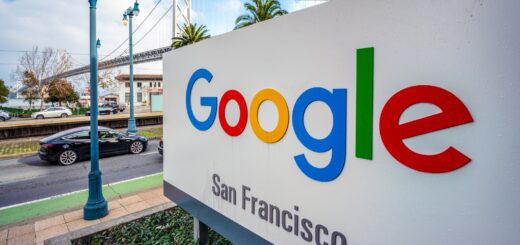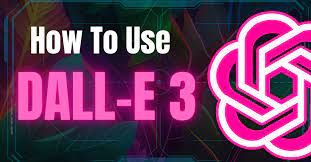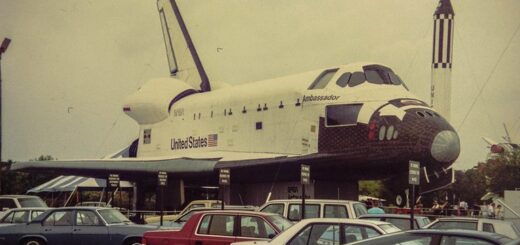Oracle – A Journey Through Technology and Innovation

Founder of Oracle
- Bob Miner
- Ed Oates
- Larry Ellison
Introduction
Oracle Corporation, a global technology giant, stands at the forefront of the information technology industry. Founded in 1977 by Larry Ellison, Bob Miner, and Ed Oates, Oracle has become synonymous with innovative database solutions, cloud services, and enterprise software. This article provides an in-depth exploration of Oracle, covering its history, key products, notable achievements, and the technical prowess that defines its impact on the tech landscape.
First Trial
In 2010, Oracle sued Google for copyright infringement for the use of the 37 Java packages. The case was handled in U.S. District Court for the Northern District of California and assigned to Judge William Alsup (who taught himself how to code computers). In the lawsuit, Oracle sought between $1.4 billion and $6.1 billion. In June 2011 the judge had to force Google through a judicial order to make public the details about Oracle’s claim for damages.
By the end of the first jury trial (the legal dispute would eventually go on to another trial) the arguments made by Oracle’s attorneys focused on a Java function called “rangeCheck”:
The argument centered on a function called range Check. Of all the lines of code that Oracle had tested—15 million in total—these were the only ones that were ‘literally’ copied. Every keystroke, a perfect duplicate. – The Verge, 10/19/17
Although Google admitted to copying the packages, Judge Alsup found that none of the Java packages were covered under copyright protection, and therefore Google did not infringe.
Founding and Early Years
Larry Ellison, inspired by a CIA project named Oracle, envisioned a relational database management system (RDBMS) that could revolutionize data storage and retrieval. Alongside co-founders Bob Miner and Ed Oates, Ellison founded Oracle Corporation in 1977. Their vision was to create a more efficient and scalable database system that would transform the way businesses handle information.
Key Products and Services
Oracle Database
Oracle’s flagship product, the Oracle Database, redefined the database management landscape. Offering a relational database with unparalleled performance and scalability, it became the backbone of many enterprise applications. The Oracle Database remains a cornerstone in the tech industry.
Oracle Cloud
As the industry shifted towards cloud computing, Oracle invested substantially in cloud services. Oracle Cloud provides a comprehensive suite of Infrastructure as a Service (IaaS), Platform as a Service (PaaS), and Software as a Service (SaaS) offerings. It caters to diverse business needs, emphasizing security, scalability, and performance.
Oracle ERP and CRM Solutions
Oracle’s extensive Enterprise Resource Planning (ERP) and Customer Relationship Management (CRM) solutions streamline business processes. These applications enhance efficiency and contribute to improved decision-making within organizations, making them integral components of Oracle’s product portfolio.
Java Programming Language
The acquisition of Sun Microsystems in 2010 brought Oracle ownership of Java, a versatile and widely used programming language. Java’s platform independence has solidified its place in web development, mobile applications, and enterprise software, making it a crucial asset for Oracle.
Oracle Fusion Middleware
Oracle Fusion Middleware provides tools and services for developing, deploying, and managing applications. It enables seamless integration between various software components, fostering interoperability and efficiency in complex IT ecosystems.
Achievements and Contributions
Relational Database
database in which all data are represented in tabular form. The description of a particular entity is provided by the set of its attribute values, stored as one row or record of the table, called a tuple. Similar items from different records can appear in a table column. The relational approach supports queries that involve several tables by providing automatic links across tables. Payroll data, for example, can be stored in one table and personnel benefits data in another; complete information on an employee can be obtained by joining the tables on employee identification number. In more powerful relational data models, entries can be programs, text, unstructured data in the form of binary large objects (BLOBs), or any other format the user requires. The relational approach is currently the most popular model for database management systems.
Strategic Acquisitions
Oracle’s growth has been significantly influenced by strategic acquisitions. Acquiring companies such as PeopleSoft, Siebel Systems, and Sun Microsystems expanded Oracle’s product portfolio, strengthening its position in the enterprise software market.
Cloud Innovation
Recognizing the industry shift towards cloud computing, Oracle embraced innovation by expanding its cloud offerings. Oracle Cloud Infrastructure (OCI) competes with major players, providing cloud solutions with a focus on security, scalability, and performance.
Technical Knowledge and Innovation
Larry Ellison, with a background in computer science, brought technical acumen to Oracle. His visionary approach to database technology and commitment to innovation laid the foundation for Oracle’s technical prowess. The company’s focus on creating robust, scalable, and high-performance solutions reflects Ellison’s dedication to pushing technological boundaries.
Challenges and Adaptations
Competition in Cloud Services
Oracle faces stiff competition in the cloud services arena. Competitors like Amazon Web Services (AWS), Microsoft Azure, and Google Cloud Platform pose challenges. Oracle’s response involves continuous innovation, strategic partnerships, and a commitment to meeting evolving customer needs.
Evolving Technology Landscape
The rapid evolution of technology presents challenges for any tech company. Oracle has navigated shifts in computing paradigms, from on-premises solutions to cloud-based services, demonstrating adaptability to stay relevant in an ever-changing tech landscape.
Development software
Oracle Corporation’s tools for developing applications include (among others):
- Oracle Designer – a CASE tool which integrates with Oracle Developer Suite
- Oracle Developer – which consists of Oracle Forms, Oracle Discoverer and Oracle Reports
- Oracle JDeveloper, a freeware IDE
- NetBeans, a Java-based software-development platform
- Oracle Application Express – also known as APEX; for web-oriented development
- Oracle SQL Developer, an integrated development environment for working with SQL-based databases
- Oracle SQL*Plus Worksheet, a component of Oracle Enterprise Manager (OEM)
- OEPE, Oracle Enterprise Pack for Eclipse
- Open Java Development Kit
- Oracle Developer Studio – a software generation system for the development of C, C++, Fortran, and Java software
- Oracle Visual Builder Studio
Hardware
- The Sun hardware range acquired by Oracle Corporation’s purchase of Sun Microsystems
- Oracle SPARC T-series servers and M-series mainframes developed and released after Sun acquisition
- Engineered systems: pre-engineered and pre-assembled hardware/software bundles for enterprise use
- Exadata Database Machine – hardware/software integrated storage.
- Exalogic Elastic Cloud – hardware/software integrated application server
- Exalytics In-Memory Machine – hardware/software integrated in-memory analytics server.
- Oracle Database Appliance.
- Big Data Appliance – integrated map-reduce/big data solution.
- SPARC SuperCluster T4-4 – a general purpose engineered system.
Since December 2020, Oracle Corporation’s world headquarters has been located in Austin, Texas. Oracle has plans to build its largest office hub, with 8500 jobs, in Nashville within the next few decades.
Oracle Offices

Oracle has a large office complex located on the San Francisco Peninsula in the Redwood Shores area of Redwood City. This complex was home to Oracle world headquarters from 1989 to 2020. It is located on the former site of Marine World/Africa USA, which moved from Redwood Shores to Vallejo in 1986. Oracle Corporation originally leased two buildings on the Oracle Parkway site, moving its finance and administration departments from the corporation’s former headquarters on Davis Drive, Belmont, California. Eventually, Oracle purchased the complex and constructed four additional buildings.








